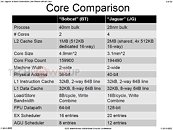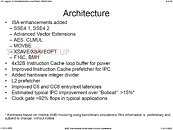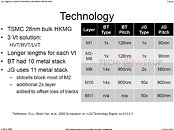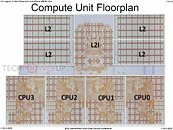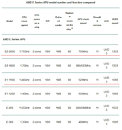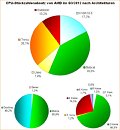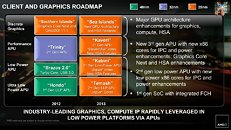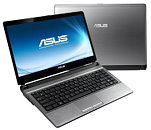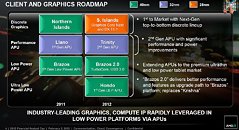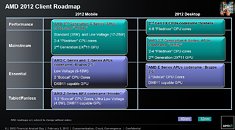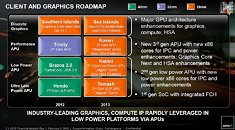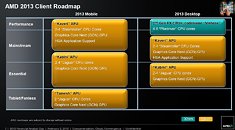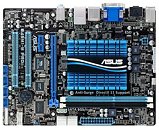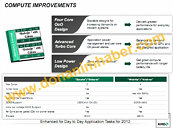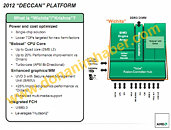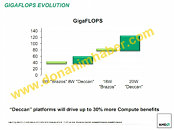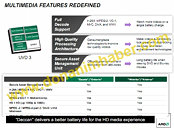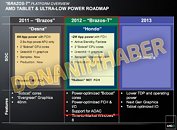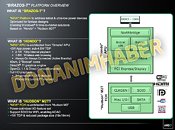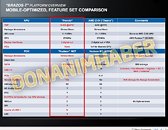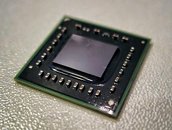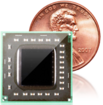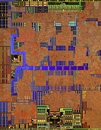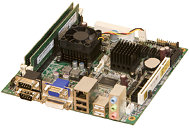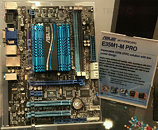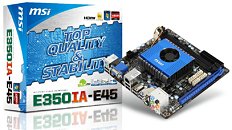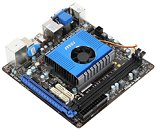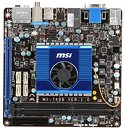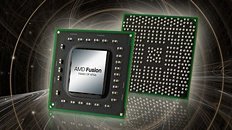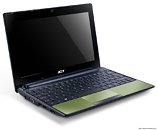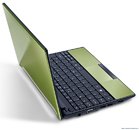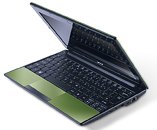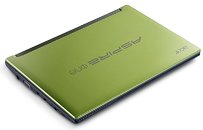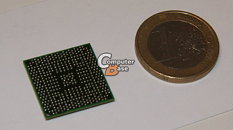
AMD "Jaguar" Micro-architecture Takes the Fight to Atom with AVX, SSE4, Quad-Core
AMD hedged its low-power CPU bets on the "Bobcat" micro-architecture for the past two years now. Intel's Atom line of low-power chips caught up in power-efficiency, CPU performance, to an extant iGPU performance, and recent models even feature out-of-order execution. AMD unveiled its next-generation "Jaguar" low-power CPU micro-architecture for APUs in the 5W - 25W TDP range, targeting everything from tablets to entry-level notebooks, and nettops.
At its presentation at the 60th ISSC 2013 conference, AMD detailed "Jaguar," revealing a few killer features that could restore the company's competitiveness in the low-power CPU segment. To begin with, APUs with CPU cores based on this micro-architecture will be built on TSMC's 28-nanometer HKMG process. Jaguar allows for up to four x86-64 cores. The four cores, unlike Bulldozer modules, are completely independent, and only share a 2 MB L2 cache.
At its presentation at the 60th ISSC 2013 conference, AMD detailed "Jaguar," revealing a few killer features that could restore the company's competitiveness in the low-power CPU segment. To begin with, APUs with CPU cores based on this micro-architecture will be built on TSMC's 28-nanometer HKMG process. Jaguar allows for up to four x86-64 cores. The four cores, unlike Bulldozer modules, are completely independent, and only share a 2 MB L2 cache.
